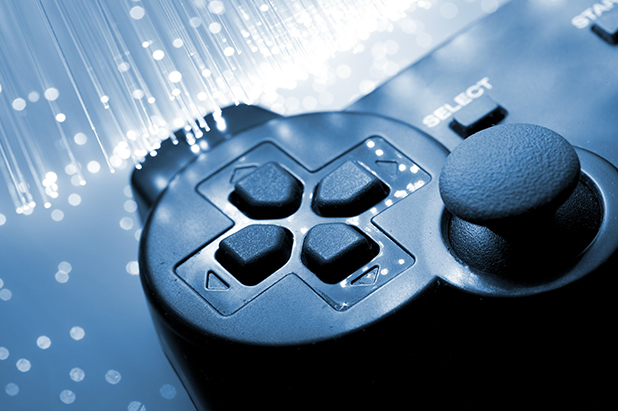If you thought that ‘gamification’ was all about fun and games, then think again. Gamification in the enterprise is incrementally on the rise as a tool to motivate employees and increase their productivity and drive better business results. Be it employee onboarding, skill improvement, development of new skills or business training, gamification has proved to be a successful tool to engage employees in the learning process and consequently reach higher levels of knowledge acquisition.
Gamification involves the use of game-like elements in non-game like contexts so that the users are motivated enough to invest their time to learn important processes by providing context, calls to action, and a sense of meaningful work for the employees. Clearly, gamification is no child’s play and requires employing sound concepts relevant to the expected outcomes and employee behaviour in the gamification design.
The Growth of Gamification
According to a research, the global gamification market is expected to “grow from USD 1.65 Billion in 2015 to USD 11.10 Billion by 2020, at a CAGR of 46.3%”. Businesses are using gamification to increase customer loyalty, increase employee productivity and also as a tool to increase the customer base. It is being utilised as a tool to increase employee engagement by using gamification elements to get them up to speed on organisational strategy and processes. Businesses are also using gamification successfully for performance management, learning, and development programs and in training and compliance. The greatest advantage of using gamification in the enterprise is that it motivates individuals and helps the organisation reach its desired outcomes from a specific action. Take retail giant Target, for example. They gamified their check out process and scored the transaction speed and the accuracy of the checkouts by calculating the cashier’s success rate over multiple transactions. This increased their cashiers’ efficiency and reduced check out times along with improving employee morale.
Gamification Analytics – Why We Need It?
While we are all gung-ho about gamification within the enterprise, the question that needs answering is ‘what is the measure of gamification success?” An organisation might gamify a particular process but how can they ascertain that this move has been successful? After all, you can only manage what you can measure, right? Given that there are a number of matrices built into the gamification strategy, there is a lot of data that is generated for organisations to use and gain insights into the success of their gamification initiatives. This is where gamification analytics comes into the picture and helps enterprises assess if the gamification efforts have created the changes in behaviour that they expected. Gamification analytics tracks the behaviour of the user with the game system and helps game managers and administrators understand how the game is being used by the employees and delivers valuable insights into user behaviours. For example, if you are using gamification dashboard to measure employee productivity, then you should also know if the metrics for success are too easy or too hard to achieve. All the gamification stakeholders such as the game designers, game administrators, the gamification owners, gamification vendors etc. thus, have to use analytics to determine the success of their gamification efforts.
Objectives of Gamification Analytics
Determine User Impact
The first objective of gamification analytics is to assess the factors that affect user behaviour. Game designers can use these metrics to create user profiles and segments, create the right set of rules for the game and create the right set of challenges. Analytics also helps the game developer perform scoring mechanism analysis to ensure that completing the desired levels is not too hard or too easy. Gamification analytics can also be used by the designers to identify trends that can cause exceptions in user behaviour so that they can optimise the gaming experience and determine the engagement levels of the users.
Understand Performance Metrics
Using Gamification Analytics, gamification vendors can gain credible insights into user actions. They can assess the game usage times by individual v/s groups or teams and cross game analysis which can help them understand how gamification is improving performance. Analytics helps the game managers track the game usage for different profiles and also provides complete visibility into user behaviour in comparison to the scoring mechanism. With the help of analytics, the game manager can then identify ways to optimise the gamification experience for the users and also assess how the game is contributing to overall employee performance.
Monitor Progress
Gamification administrators can employ analytics to ensure that everything related to the game and the game users is on track and get detailed information on user performance. The game administrator can also employ analytics via alerts to identify if there are any issues on the operational or logical aspect of the game and ensure that the users get an optimised gaming experience. The gamification masters can use gamification analytics to inform the players of what they need to do better while they are playing. The game user too can leverage analytics to determine how successfully the game is contributing to his/her overall performance and also in the identification of performance gaps.
Further, gamification analytics helps the game stakeholders identify the process of how gamification initiatives have to evolve.
The relationship between the game and the data is an organic one. It is with the help of this analytics that enterprise can fine-tune their gamification efforts by understanding the user activities, the engagement levels, the activity levels, the player segments etc. and assess if their initiative has helped them achieve the changes in user behaviour that they desired and create game models that can help the users achieve new levels of mastery.



